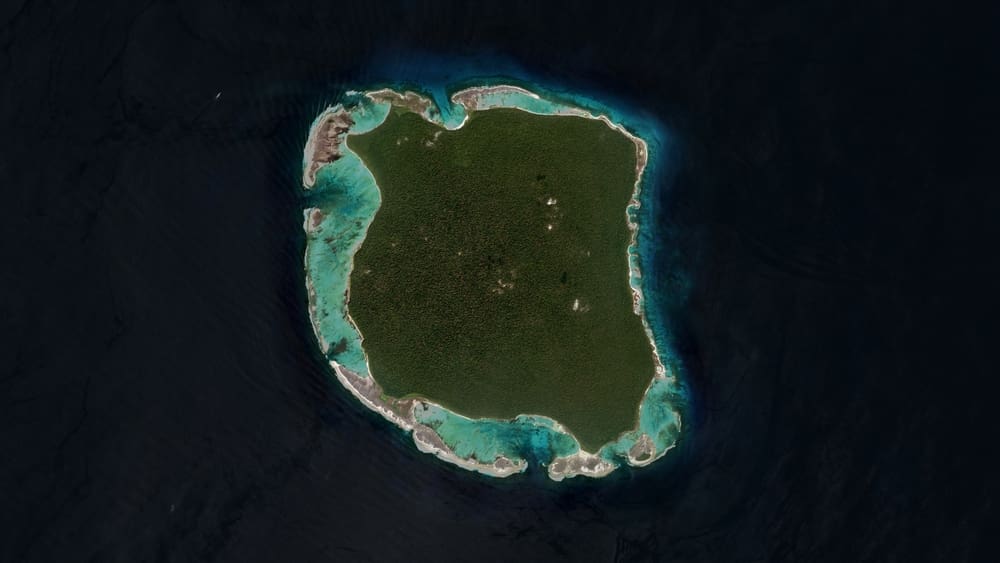Have you ever wondered what secrets lie inside the world’s most forbidden places? Government facilities surrounded by conspiracy theories. Islands teeming with deadly warnings. Sacred grounds off limits due to cultural significance.
While a lucky few—scientists, military personnel, or indigenous inhabitants—might gain access, most of us can only speculate about what happens behind those closed doors. Intrigued? Let’s dive into nine forbidden places you’re not allowed to visit, where mystery and reality blur into something genuinely fascinating.
1. Ise Jingu, Japan
Nestled in Japan’s Mie Prefecture, Ise Jingu is one of the country’s most sacred Shinto shrines. Dedicated to Amaterasu, the Sun Goddess, this grand sanctuary undergoes a ritual rebuilding every 20 years—without using a single nail. While visitors can admire its beauty from afar, only Shinto priests and members of the Japanese Imperial Family are allowed inside. The shrine’s inner sanctum remains strictly off-limits, preserving its sacred aura and centuries-old traditions.
2. Pravčická Brána, Czech Republic
A natural wonder once open to the public, Pravčická Brána is the largest natural sandstone arch in Europe, rising dramatically in the Bohemian Switzerland National Park. Next to it sits the historic Falcon’s Nest, a summerhouse once used by Austrian nobility. However, years of foot traffic took a toll on the fragile rock formation, forcing authorities to ban access. While climbing is no longer allowed, visitors can still admire its breathtaking beauty from designated viewpoints.
3. Area 51, USA
One of the most infamous restricted sites in the world, Nevada’s Area 51 has long been the subject of conspiracy theories. Established in 1955, this highly classified U.S. Air Force base was only officially acknowledged by the CIA in 2013. The exact activities conducted here remain a mystery, but rumors suggest secret aircraft testing, advanced weaponry, and even extraterrestrial research. With armed patrols, surveillance, and ominous “No Trespassing” signs, stepping too close to Area 51 is not just forbidden—it’s downright dangerous.
4. Svalbard Global Seed Vault, Norway
Also known as the “Doomsday Vault,” the Svalbard Global Seed Vault is humanity’s insurance policy against ecological disaster. Located deep inside a mountain on Norway’s Spitsbergen island, this secure facility holds over 100 million seed varieties, safeguarding global food crops from climate change, natural disasters, and other threats. Designed to last centuries, the vault is built to withstand rising sea levels and earthquakes. While it plays a crucial role in preserving biodiversity, access is strictly limited to select researchers and seed depositors.
5. North Sentinel Island, India

Few places on Earth are as fiercely protected as North Sentinel Island. Home to the Sentinelese, an uncontacted indigenous tribe, the island remains completely off-limits to outsiders to preserve their way of life. The Indian government enforces a strict exclusion zone around the island, as contact could introduce diseases to which the Sentinelese have no immunity. The tribe has made its stance clear—any approach is met with hostility, with past intrusions ending in fatal consequences.
6. Ilha da Queimada Grande, Brazil

Known ominously as Snake Island, Ilha da Queimada Grande is home to one of the deadliest snake species in the world—the golden lancehead viper. With an estimated one snake per square meter, this island off the coast of Brazil is considered too dangerous for human visitors. The government has banned access to all but a handful of authorized researchers, who must be accompanied by medical professionals. Unless you have a fascination with venomous vipers, this is one forbidden place you won’t want to visit.
7. Uluru, Australia
Rising from the Australian outback, Uluru is one of the country’s most iconic landmarks, holding deep spiritual significance for the Anangu people. For years, despite pleas from the Traditional Owners, tourists climbed the sacred rock. In 2019, authorities finally banned climbing, respecting Uluru’s cultural importance. While visitors can still explore the surrounding landscapes, stepping onto the rock itself is no longer permitted, preserving its sanctity for future generations.
8. Morgan Island, USA
Just off the coast of South Carolina lies Morgan Island, a place swarming with over 4,000 rhesus monkeys—but no humans. The island serves as a primate research facility, with strict laws prohibiting public access. Originally relocated from Puerto Rico in the 1970s, the monkey population thrives in isolation, and human interference is strictly forbidden to protect both the animals and the environment. However, curious onlookers can still catch a glimpse from a boat or kayak, witnessing this eerie primate paradise from a distance.
9. Maya Bay, Thailand
Thailand’s most famous bay, Maya Beach, has finally reopened to tourists—but swimming is banned. The cove on Ko Phi Phi Leh island shot to worldwide fame in 2000, when it appeared in the Hollywood film The Beach, giving it such a mythical aura that, by 2018, 5,000 tourists a day were flocking there. Though small, the 250-meter-long cove in Krabi Province is surrounded by limestone cliffs, giving it a dramatic appearance when accessed by boat. Thai authorities closed off the beach in summer 2018 in order to restore the natural landscape and allow its ecosystems, including coral reefs, to recover after being damaged by overtourism.
The New Jersey Digest is a new jersey magazine that has chronicled daily life in the Garden State for over 10 years.
- Staffhttps://thedigestonline.com/author/thedigeststaff/
- Staffhttps://thedigestonline.com/author/thedigeststaff/
- Staffhttps://thedigestonline.com/author/thedigeststaff/
- Staffhttps://thedigestonline.com/author/thedigeststaff/








